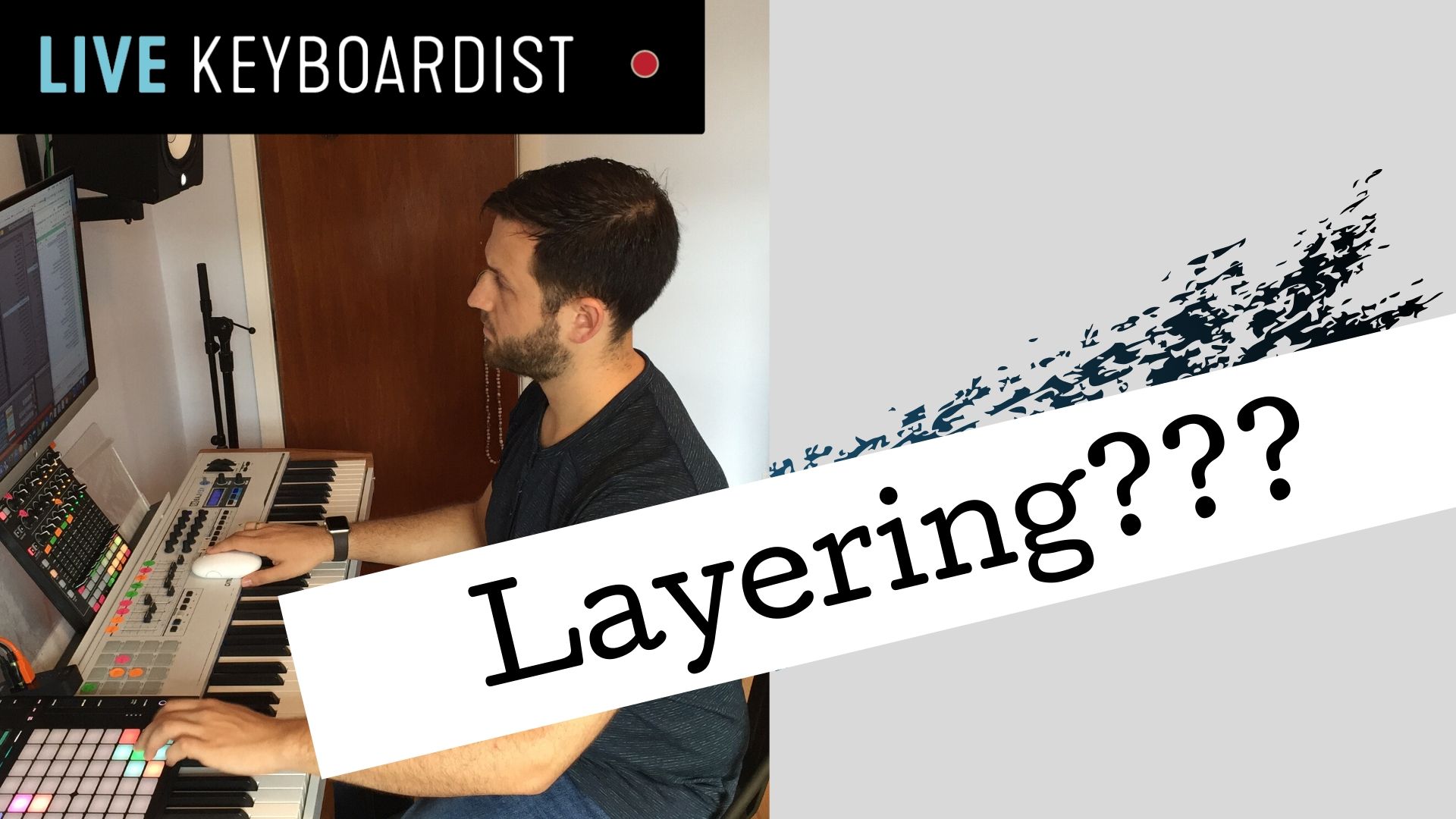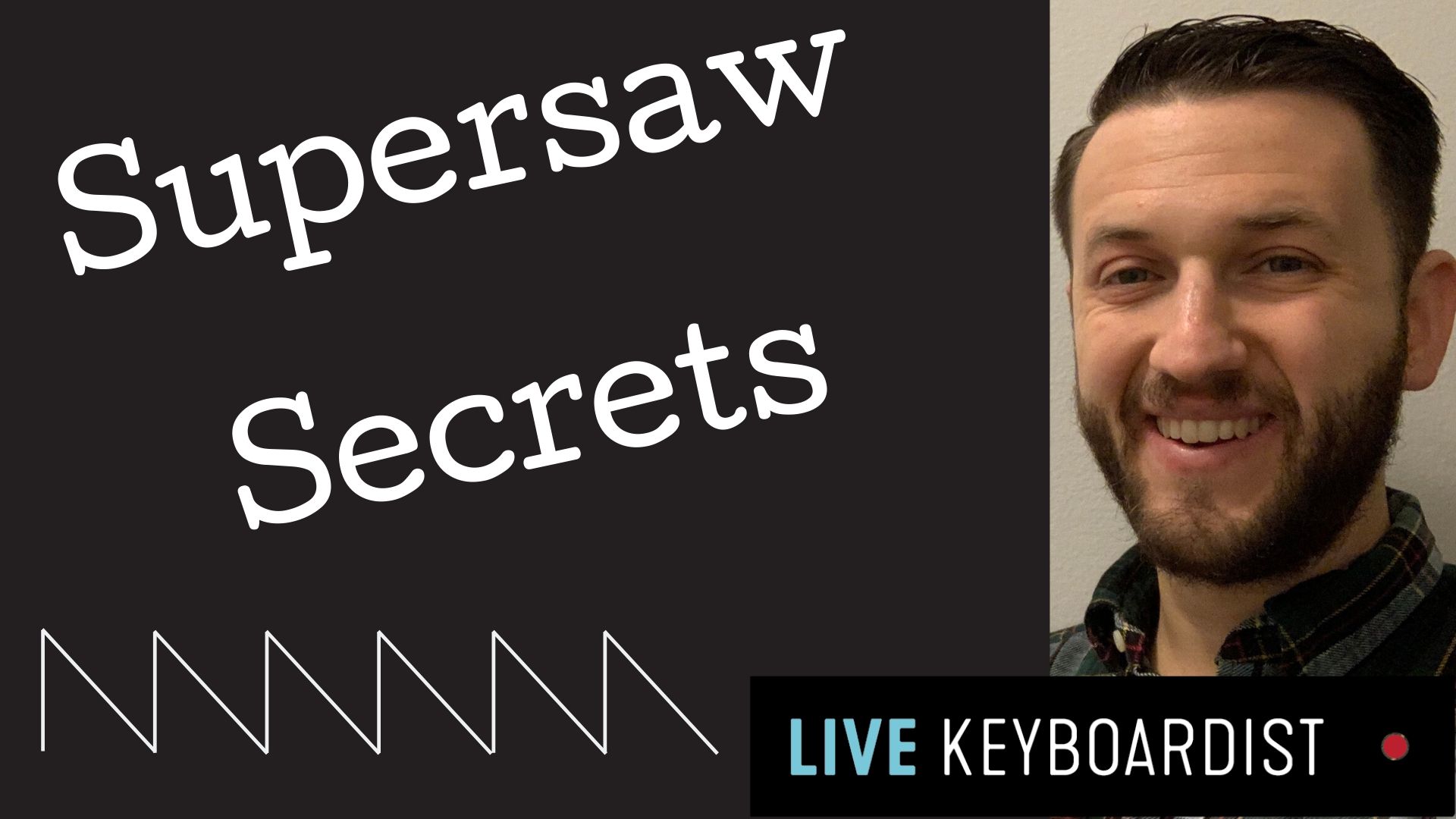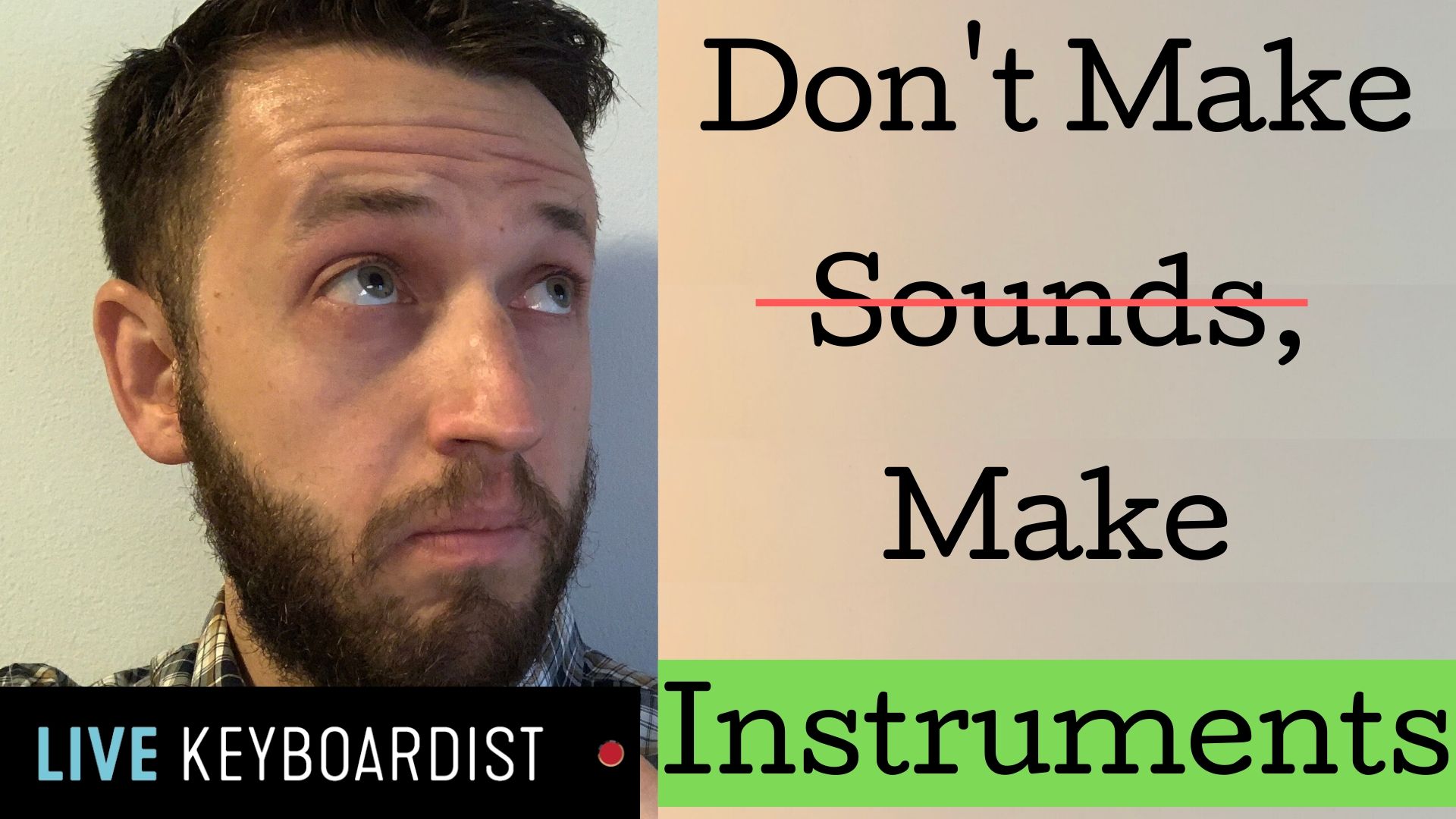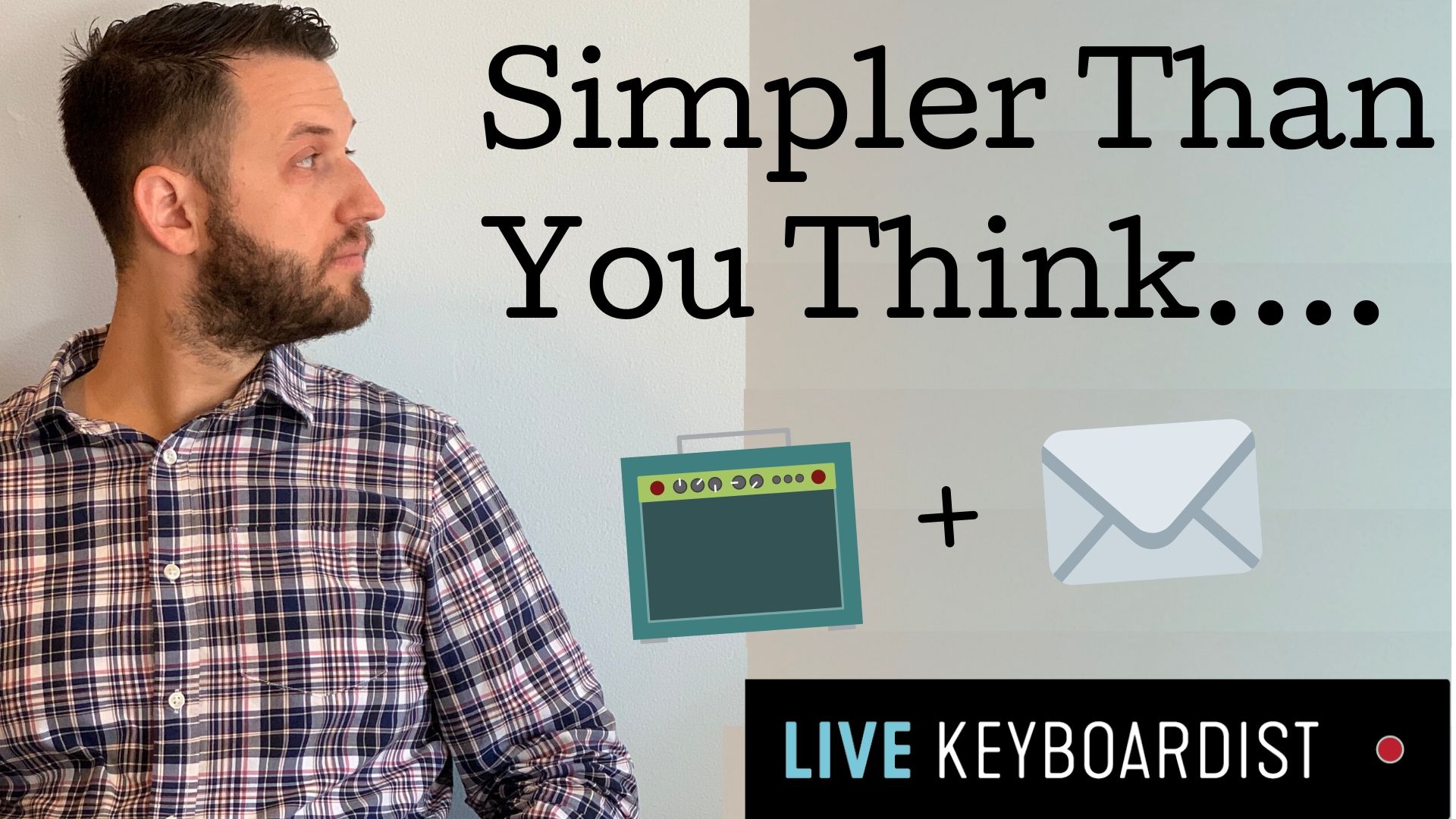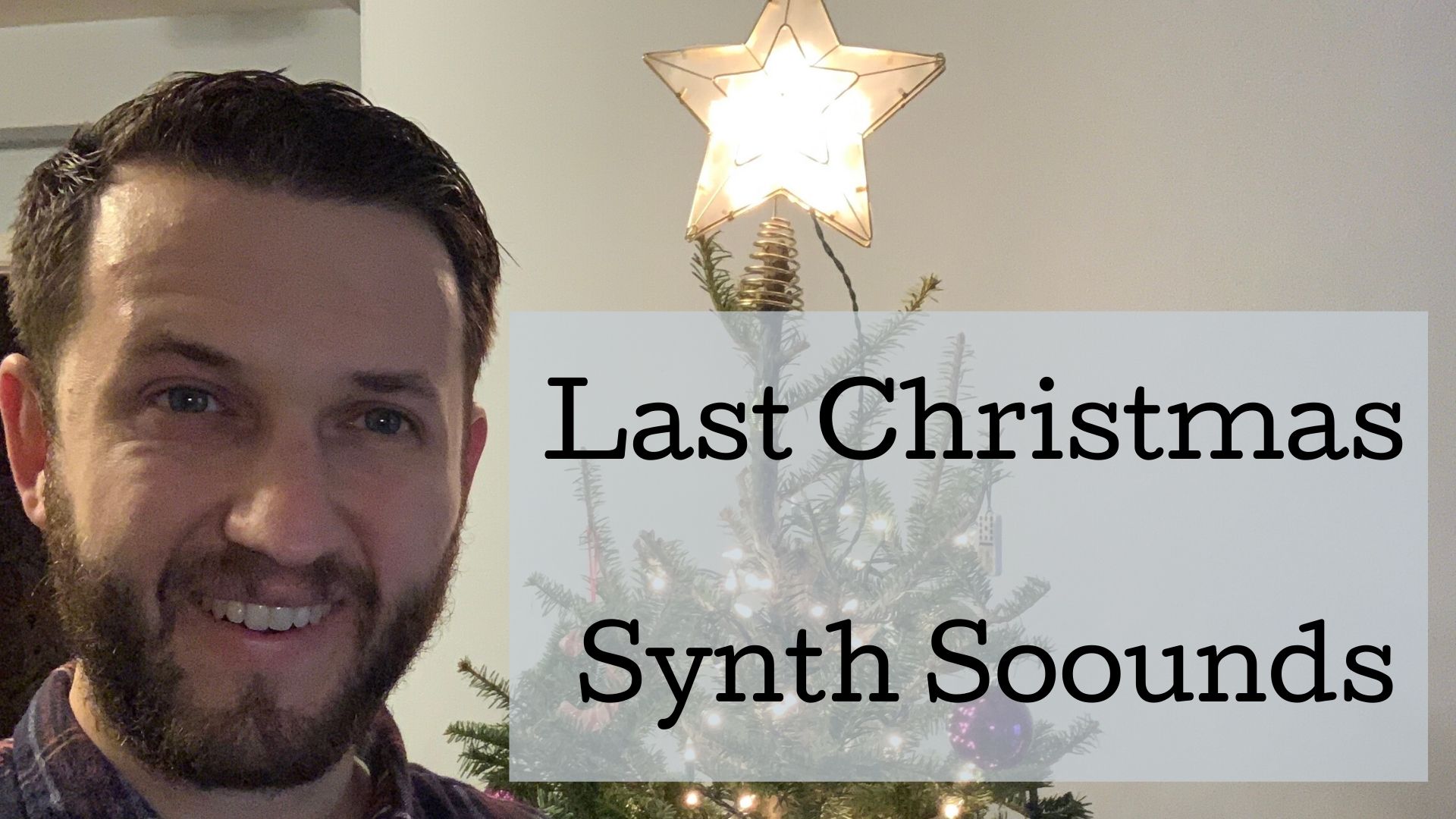
Last Christmas Synth Sounds
As I write this post, we are just over a week away from Christmas 2019. 'Tis the season of the songs and movies we re-watch every year, family traditions, and a time to reset and cast new vision. My wife loves the song "Last Christmas". And so in honor of her favorite holiday song, I've decided to recreate all the synth patches used on it. If you're a keyboardist, make sure you also check out Practical Sound Design For Keyboardists, which will teach you to make the most out of the patches you make. Onward and upward. The Pulsing Synth The rhythmic synth part was originally created using a Juno-60. Ableton's wavetable has a wavetable from both the saw and the squares, and so rather than reinventing the wheel, thats…

